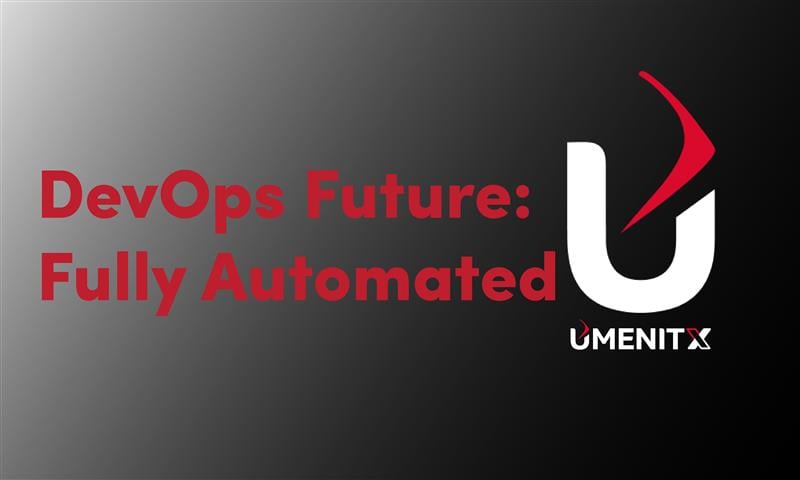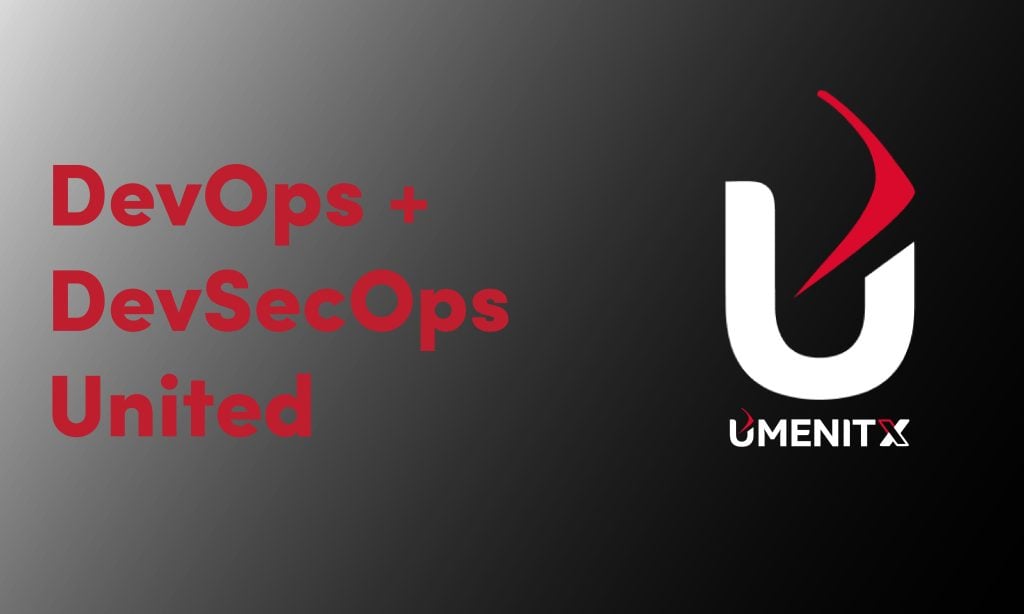Overview
Most DevOps teams today have mastered automation — from CI/CD pipelines to infrastructure provisioning and monitoring. However, the future of software operations lies beyond automation. HumanITX introduces the next evolution: autonomous DevOps. In this approach, systems go beyond scripts and manual triggers to self-heal, scale intelligently, and optimize processes using AI and telemetry — all without human intervention.
Core Focus Areas
1. Understanding the Shift: Automation vs Autonomy
Automation involves predefined scripts and triggers. Autonomy introduces intelligence — where systems make decisions based on data, context, and feedback loops.
- Automation: Manual triggers and static pipelines.
- Autonomy: Machine learning-driven adaptation, dynamic rollbacks, and self-sustained operations.
2. Core Components of Autonomous DevOps
- GitOps, AIOps, and full-stack observability
- Event-driven architecture
- Closed-loop remediation and feedback systems
3. Enabling Technology Stack
HumanITX leverages an advanced cloud-native stack to enable autonomy:
- Tools: ArgoCD, Keptn, LitmusChaos, Prometheus, Cortex, Keda
- AI/ML Integrations: Azure Monitor with AI, AWS DevOps Guru, Google Cloud AIOps
4. Real-World Application Scenarios
- Auto-rollback after deployment failure
- Predictive scaling using behavioral traffic patterns
- Self-tuning CI/CD pipelines based on live metrics
5. Challenges and Governance Best Practices
- Building trust in automated decision-making
- Governance: striking the right balance between control and autonomy
- Minimizing risk while integrating AI into mission-critical pipelines
Campaign Initiatives
- Interactive Webinar: “Are You Ready for Autonomous DevOps?”
- Weekly Blog Series: Deep dives into enabling tools and use cases
- Proof-of-Concept Challenge: Deploy a self-healing microservice
- DevOps Maturity Self-Assessment: Evaluate where your team stands today




